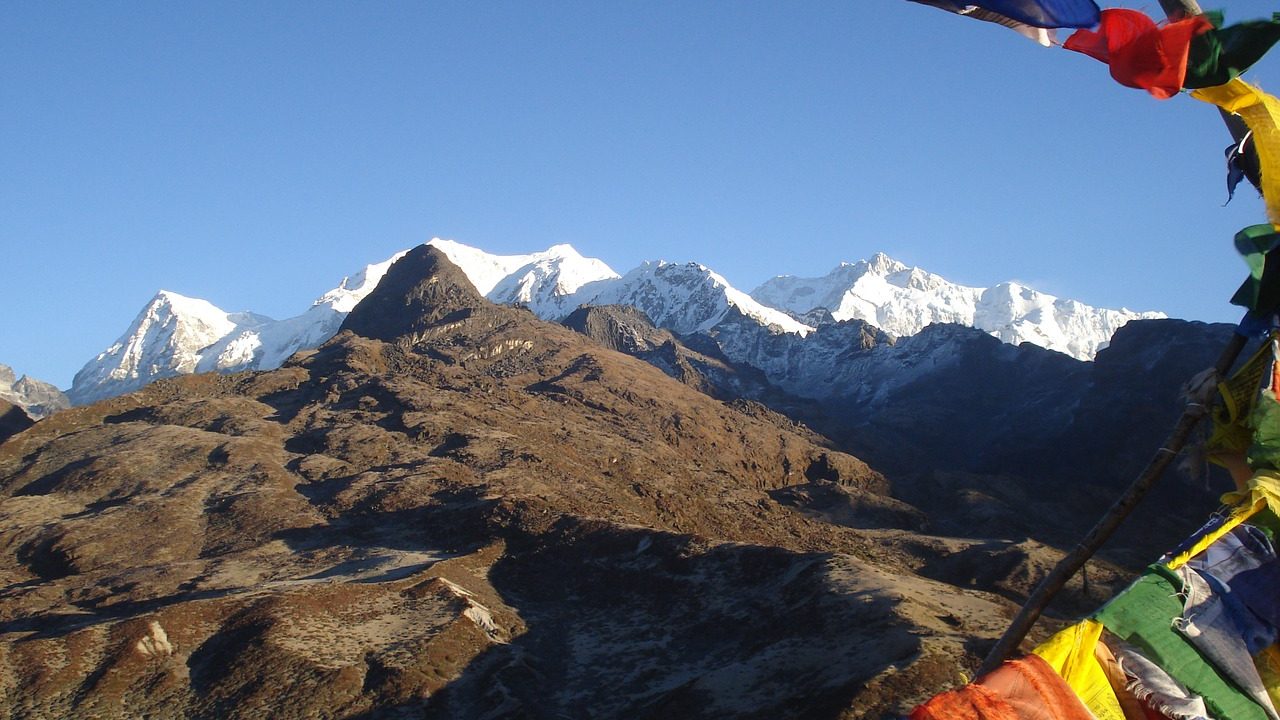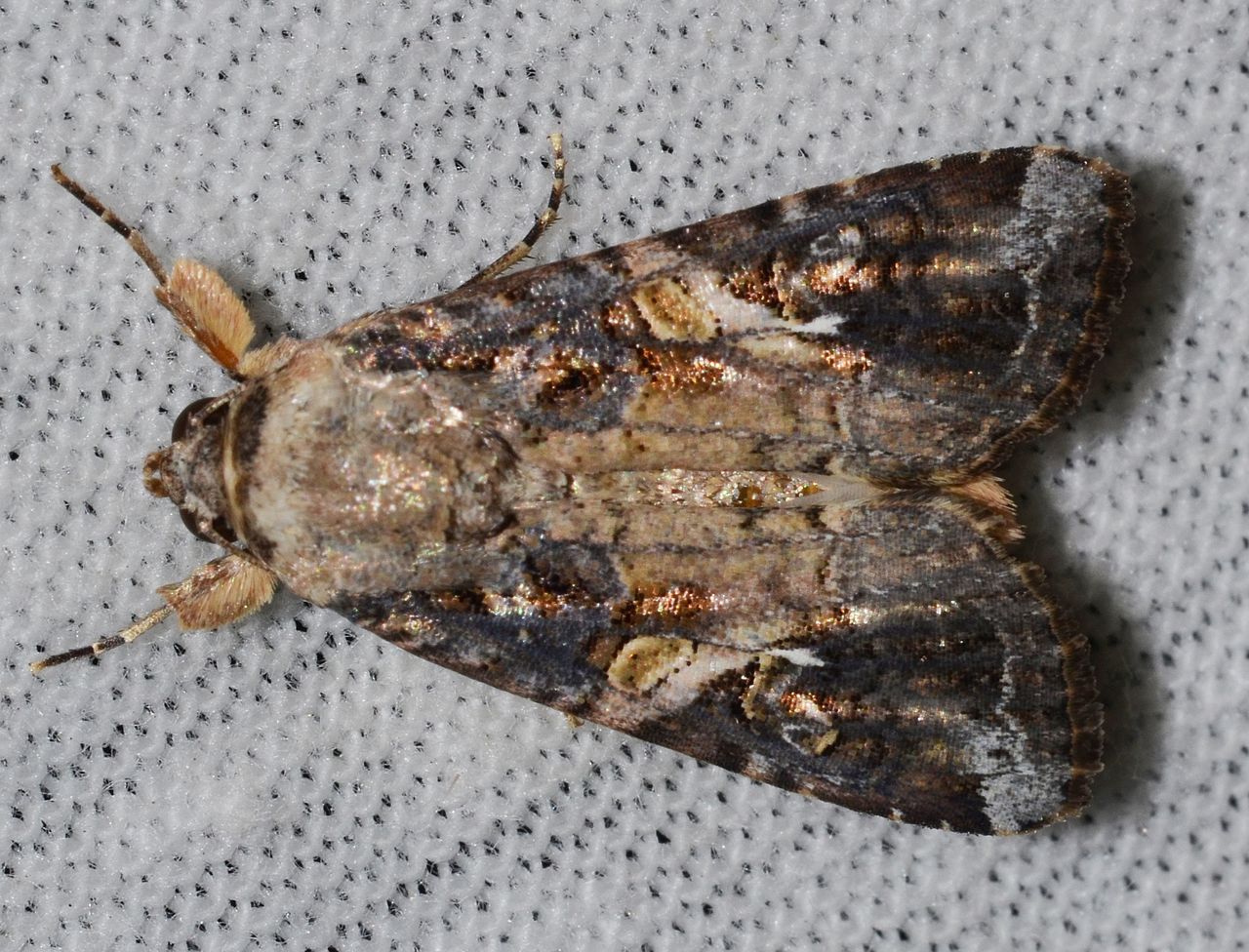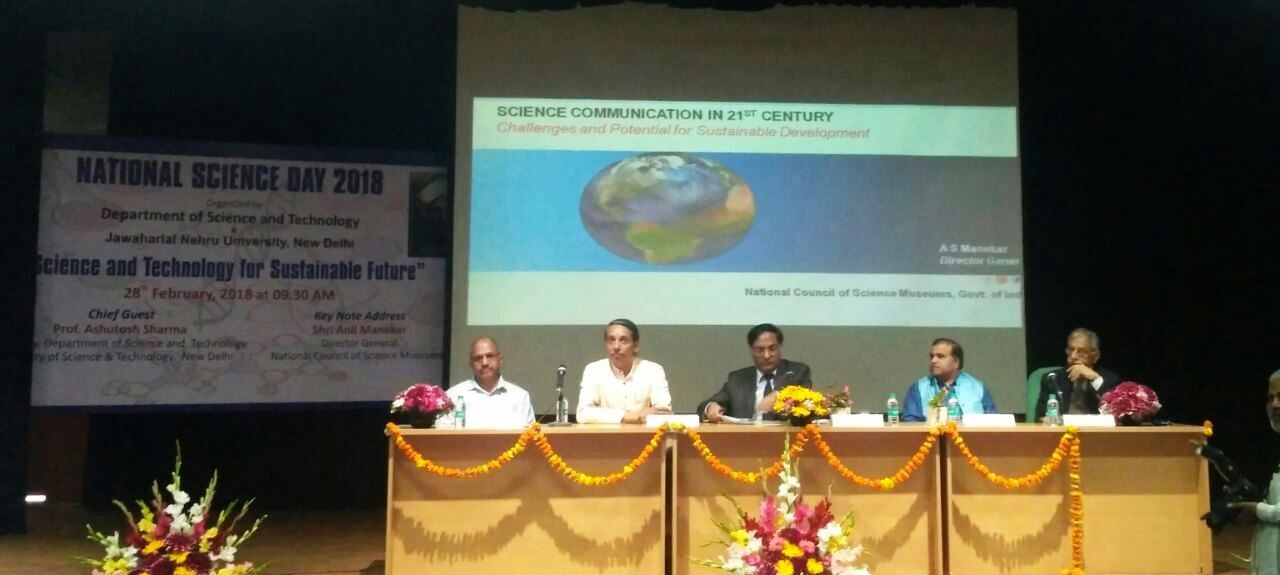Scientists from the University of Delhi have suggested the creation of three more protected areas in Sikkim, besides expansion of three existing three wildlife sanctuaries to help conserve endemic plants in the Himalayan state.
Climate change is threatening biodiversity on earth, specifically endemic plants, which are confined to a particular geographical region. Any adverse impact on their habitat will surely lead to the disappearance of the plant species. Sikkim harbors many endemic plant species and studies have predicted that about 17-18 % of endemic plants may get wiped out by 2050 because of rising temperature.
A group of scientists at Delhi University has now conducted a study using MaxEnt, a species distribution model, which helps in predicting habitat suitability of plant species. They found that plant species in Sikkim will shift northward and towards higher elevation from their current habitats under future greenhouse gas emission scenarios. They have come up with a solution to avoid the catastrophe.
They have recommended the addition of 896 sq. km of the landscape to the existing Maenam, Fambong Lho and Barsey wildlife sanctuaries and creation of three new protected areas in Yumsedong, Lachem and Chungthang regions in the state. All three new proposed regions are pristine ecosystems, which harbor some of the rare species. For instance, scientists recently discovered a new species called Rhododendronsikkimense in Yumthang valley.
Speaking to India Science Wire, Kumar Manish, the lead author, said “it is true Sikkim already has a high level of forest cover at more than 80% and approximately 31 % of the land area in the state is protected, either as national parks or as sanctuaries.
There may be apprehensions that the addition of new protected areas might lead to increased human-wildlife competition for space and resources. However, the areas, which we are proposing for expansion or creation of new protected areas, are located at higher elevations and have a less human population as compared to the densely occupied lowland areas in the state. I don’t think, our proposal would lead to any human-wildlife competition”.
Dr. Manish also noted, “The study was conducted for what would be the scenario until 2070. There is a need to change the protected area network over the next 50 years. Sooner, the better”.
The scientists have published a paper on their work in the Biological Conservation Journal. Dr. Manish conducted it in collaboration with Maharaj K. Pandit. (India Science Wire)
If you liked this article, then please subscribe to our YouTube Channel for the latest Science & Tech news. You can also find us on Twitter & Facebook.



